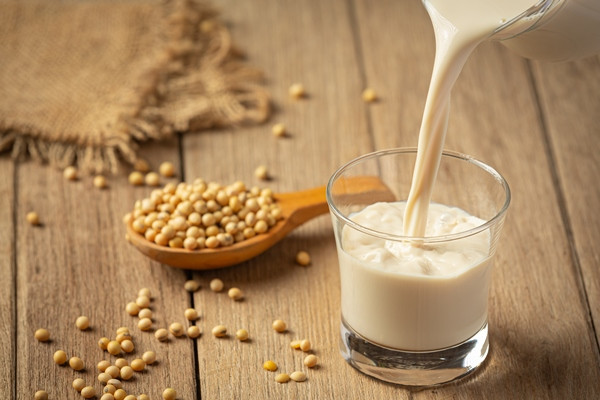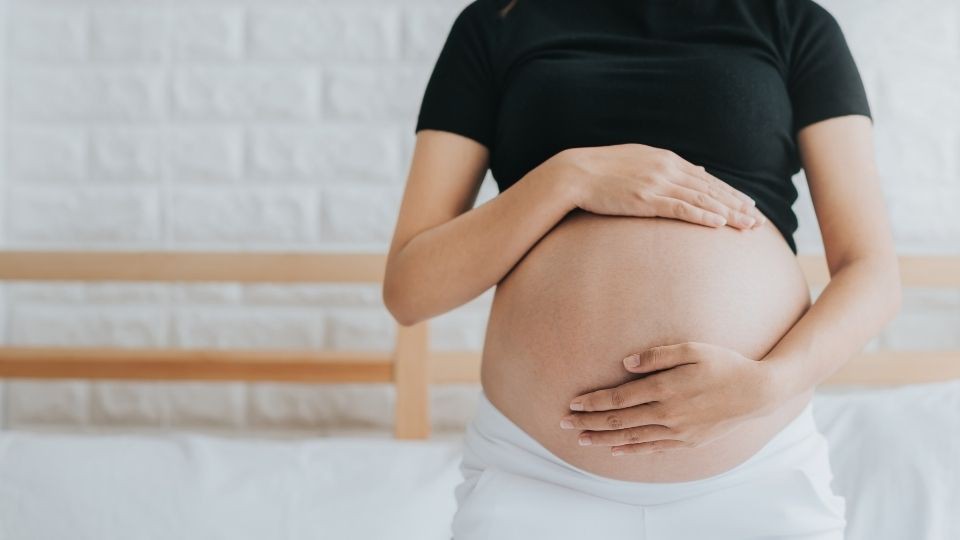
Ketidakteraturan menstruasi pada wanita usia reproduksi merupakan masalah yang sangat umum, di samping itu prevalensi defisiensi vitamin D juga tinggi. Selain berperan dalam mengontrol mineralisasi tulang dan regulasi imunitas, vitamin D juga berperan dalam fisiologi reproduksi melalui reseptor vitamin D, yang ditemukan pada organ reproduksi wanita seperti ovarium (khususnya pada sel granulosa) dan siklus menstruasi, uterus, dan plasenta.
Studi sebelumnya telah menunjukkan bahwa pada kelompok wanita muda dengan kadar vitamin D rendah, 40% mengalami siklus menstruasi yang panjang, 27% mengalami oligomenorea, dan 13% amenorea, sedangkan pada kelompok dengan kadar vitamin D normal, hanya 12% mengalami siklus menstruasi yang panjang, 6% mengalami oligomenorea, dan 6% amenorea.
Studi lainnya yang menilai kaitan antara kadar 25OHD dan karakteristik siklus menstruasi meliputi lama siklus dan ketidakteraturan siklus juga telah dilakukan. Studi tersebut merupakan studi potong lintang yang memeriksa kadar vitamin D pada wanita dengan ketidateraturan menstruasi setelah mengeksklusi penyebab yang jelas dari gangguan menstruasinya (n=83) dibandingkan dengan wanita dengan profil yang sama namun tanpa ketidakteraturan menstruasi (n=83).
Hasilnya menunjukkan bahwa penurunan kadar vitamin D dikaitkan dengan 13,3 kali risiko ketidakteraturan siklus menstruasi (OR 13,30; 95% CI 5,79-30,60; p<0,001). Kadar 25OHD tidak dikaitkan dengan usia atau indeks massa tubuh. Ditemukan juga perbedaan bermakna pada kadar vitamin D rata-rata antara wanita dan siklus tidak teratur vs siklus teratur (p<0,001).
Disimpulkan bahwa vitamin D berperan dalam fisiologi reproduksi spesifik untuk siklus menstruasi dan ovulasi. Vitamin D dapat dipertimbangkan untuk suplementasi pada wanita dengan ketidakteraturan siklus menstruasi. Studi lebih lanjut direkomendasikan untuk mencapai hasil yang lebih konklusif mengenai efektivitas suplementasi vitamin D untuk mengoreksi ketidakteraturan menstruasi dan pengobatan infertilitas, serta manfaat lainnya.
Gambar: Ilustrasi (Sumber: Freepik)
Referensi:
1. Singh V, Tamar N, Lone Z, Das E, Sahu R, Majumdar S. Association between serum 25-hydroxy vitamin D level and menstrual cycle length and regularity: A cross-sectional observational study. Int J Reprod BioMed 2021;19:979-86. https://doi.org/10.18502/ijrm.v19i11.9913
2.Łagowska K. The relationship between vitamin D status and the menstrual cycle in young women: A preliminary study. Nutrients. 2018;10(11):1729.












